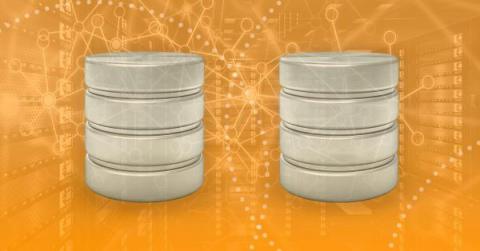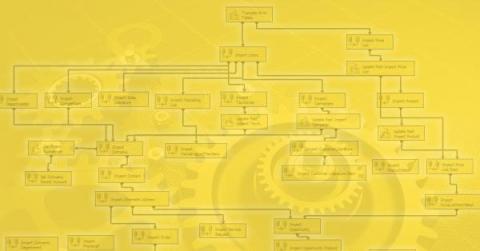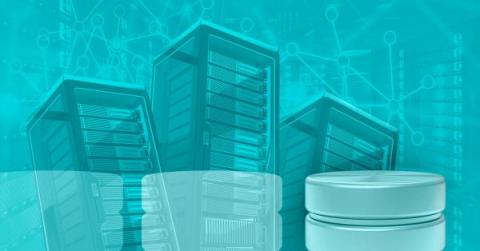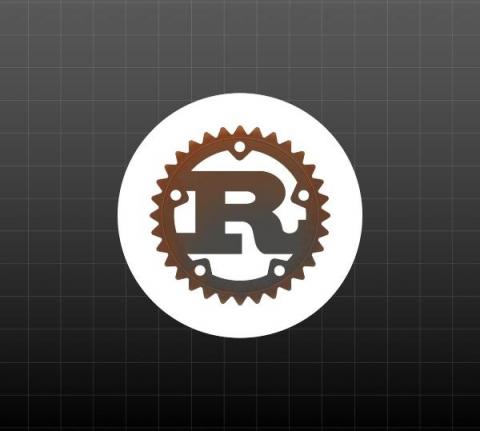Where's the best place to live as a DBA? | Infographic
Perhaps because so few of us have been able to travel recently, or perhaps because wanderlust is just good fun, we’ve been wondering as to where the best place to live is as a DBA. And not just where pays the most, or where the opportunities are, but where would truly be the best place to live day-to-day. Some of the findings might surprise you! If you live in any of the places mentioned, we’d love to hear about your experience of living there in a comment below.











